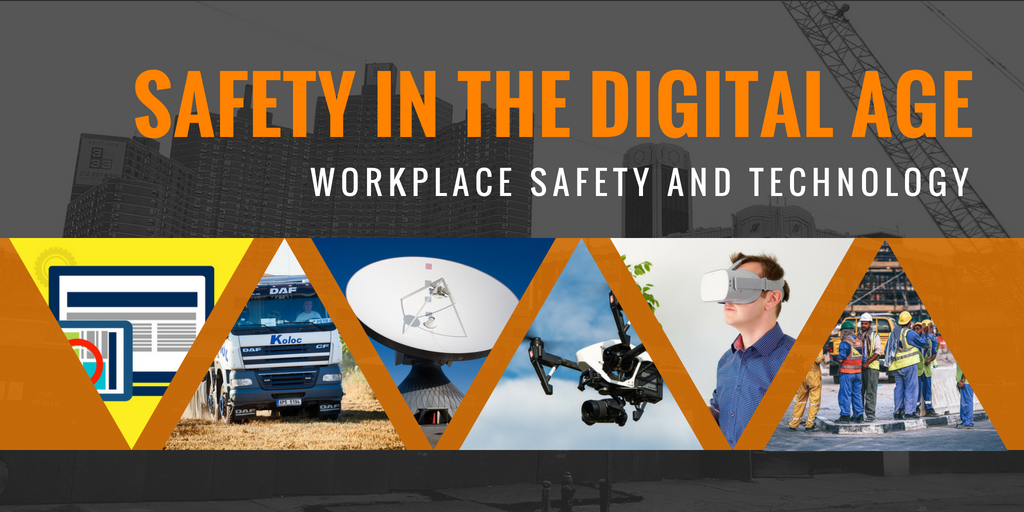Download PDF: ISPL Insight – Future of Safety in the Digital Age
When technology is mentioned in a business setting, it usually is about advancing IT strategies or enhancing productivity. However, technology is increasingly used for workplace health and safety purposes. Workplace safety deservedly receives a lot of attention, especially in industries such as mining and construction where the workplace is filled with hazards. Safety policies are an essential part of managing these safety risks, but utilising the right tools also plays a big part, and digital technologies are a powerful tool in workplace health and safety.
For a long time, technology has played a crucial role in workplace safety. There was a time when handheld two-way radios were high-tech, facilitating communication at a distance and allowing workers to call for help if need be. Today we have access to much more advanced technology, with exciting software and hardware enhancing workplace safety.
3D Visualisation and Virtual Reality
To help give employees an idea of their worksite, companies are utilising 3D visualisation and Virtual Reality (VR) software to help create lifelike images of the work environment.
While the costs of generating 3D models may seem like an obstacle for some companies, cameras, especially drones, as well software costs have radically reduced in recent years, while computer processing power continues to rise, enabling workplaces to recreate the work environment digitally. The oil and gas, construction and mining industries have been supportive of this technology due to a lot of the work occurring outdoors, at height or depth (Adjiski, Despodov, & Serafimovski, 2017).
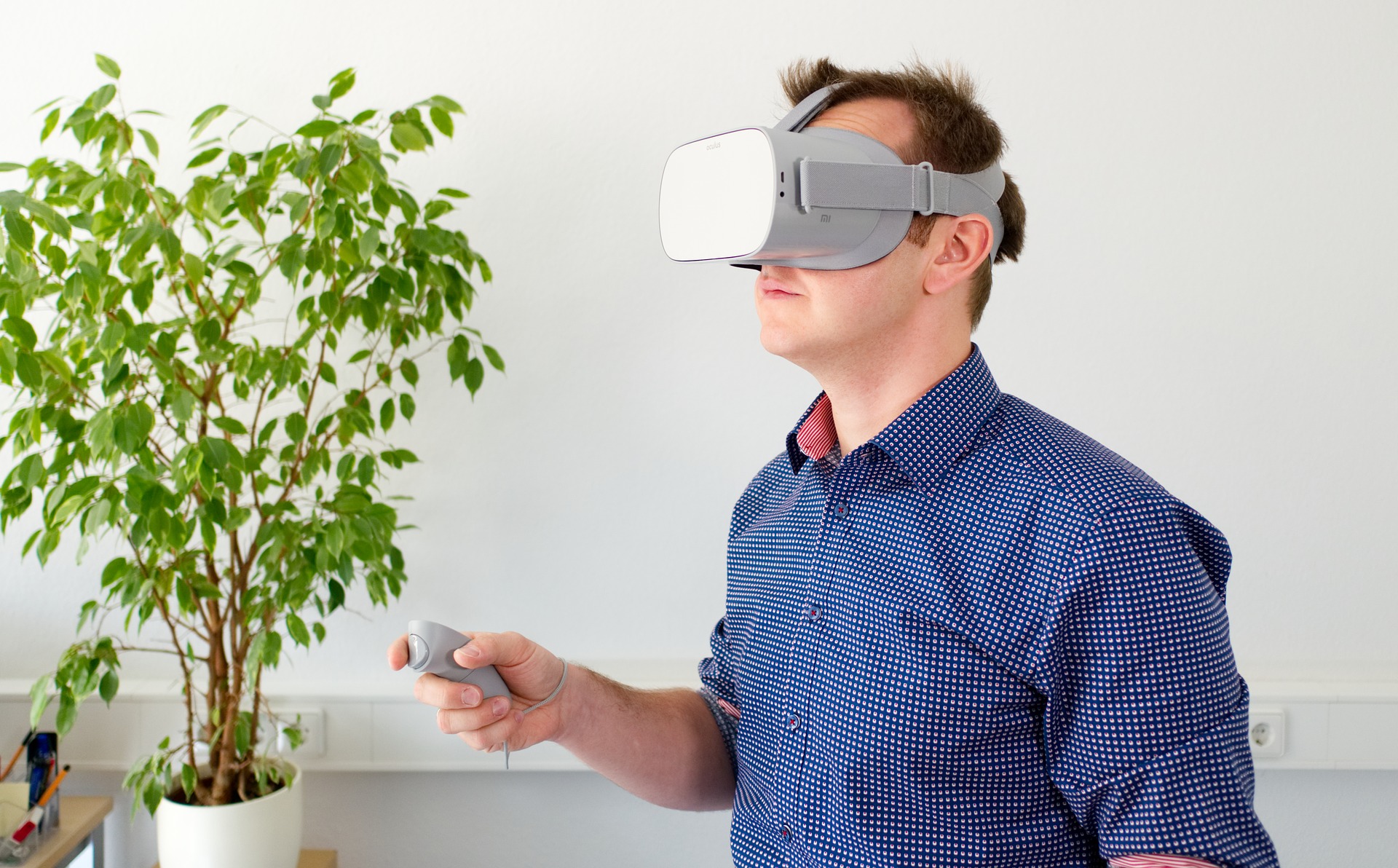 VR technology can allow the exploration of dangerous workplaces without actually entering that environment or testing workplace design concepts that have been modelled digitally. The implications for training and workplace optimisation are dramatic which is why industry is already heavily invested in VR, despite it being relatively new technology (Engineers Australia, 2017).
VR technology can allow the exploration of dangerous workplaces without actually entering that environment or testing workplace design concepts that have been modelled digitally. The implications for training and workplace optimisation are dramatic which is why industry is already heavily invested in VR, despite it being relatively new technology (Engineers Australia, 2017).
High-Speed Communication, Real-time Data & Journey Management
Another way in which technology can be utilised to improve workplace safety is by taking advantage of high-speed communication. For example, workers who are required to travel are exposed to a wide range of risks depending on the destination. Possible risks include anything from fatigue to kidnapping. As a result, it can be challenging to ensure the safety of workers. However, with the use of advanced reporting tools that can collect real-time data and transfer information, employers can be in a much better position to remain updated about the health and safety status of their employees.
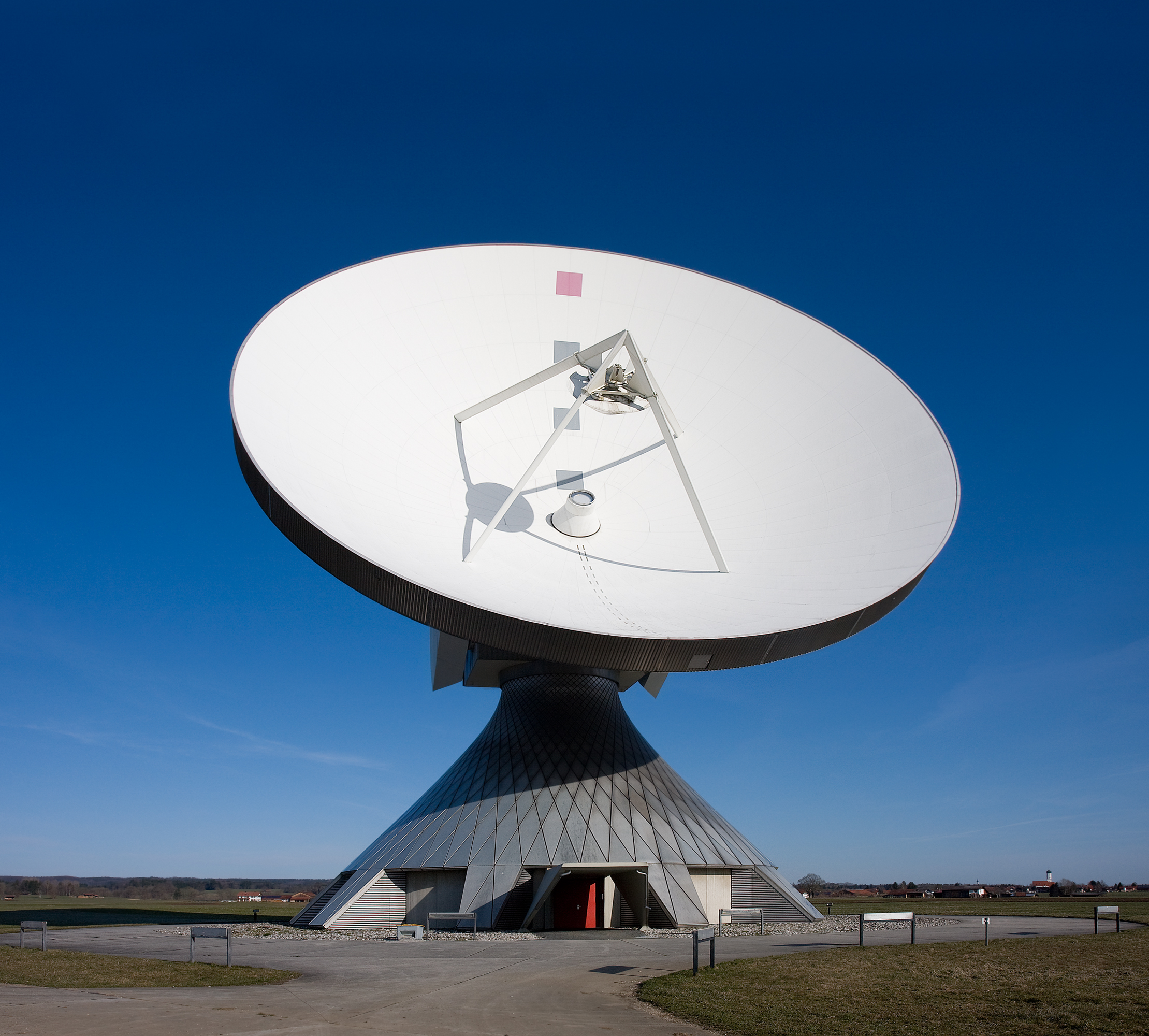 Satellite phones, GPS and GPS messengers can all be used to mitigate the risks of long journeys and work travel. GPS messengers are one of the newer technologies available, sending location data to a designated contact automatically, allowing an employer to track the location of remote workers and monitor whether destinations have been reached, or if there is a potential safety risk (ART Security). There are also systems available that are fully integrated into vehicles, monitoring real-time data such as speed, braking and even car accidents (Shell Global).
Satellite phones, GPS and GPS messengers can all be used to mitigate the risks of long journeys and work travel. GPS messengers are one of the newer technologies available, sending location data to a designated contact automatically, allowing an employer to track the location of remote workers and monitor whether destinations have been reached, or if there is a potential safety risk (ART Security). There are also systems available that are fully integrated into vehicles, monitoring real-time data such as speed, braking and even car accidents (Shell Global).
Wearable Technology
Wearable technology can monitor the health and safety of workers in real time as well as monitoring trends in pre-recorded data. Typically attached to clothing or as part of already-required PPE such as safety glasses, vests and hard hats, wearables capture data and provide feedback. They can track biometrics and even detect exposure limits to harmful elements. Organizations can also use wearables to determine if an illness is work-related. This especially helps with cumulative illnesses like hearing loss, poisoning, respiratory disease and skin disorders (Design Group Staffing).
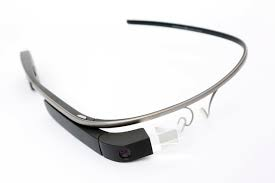 Wearables like safety vests are being used in the integration of wireless and Bluetooth technology, connecting the physical and digital worlds. They can create live indoor maps to track and understand people, equipment, and material movement, define hazardous areas and connect with worker locations to create a safety bubble (Mardonova & Choi, 2018).
Wearables like safety vests are being used in the integration of wireless and Bluetooth technology, connecting the physical and digital worlds. They can create live indoor maps to track and understand people, equipment, and material movement, define hazardous areas and connect with worker locations to create a safety bubble (Mardonova & Choi, 2018).
Record Keeping
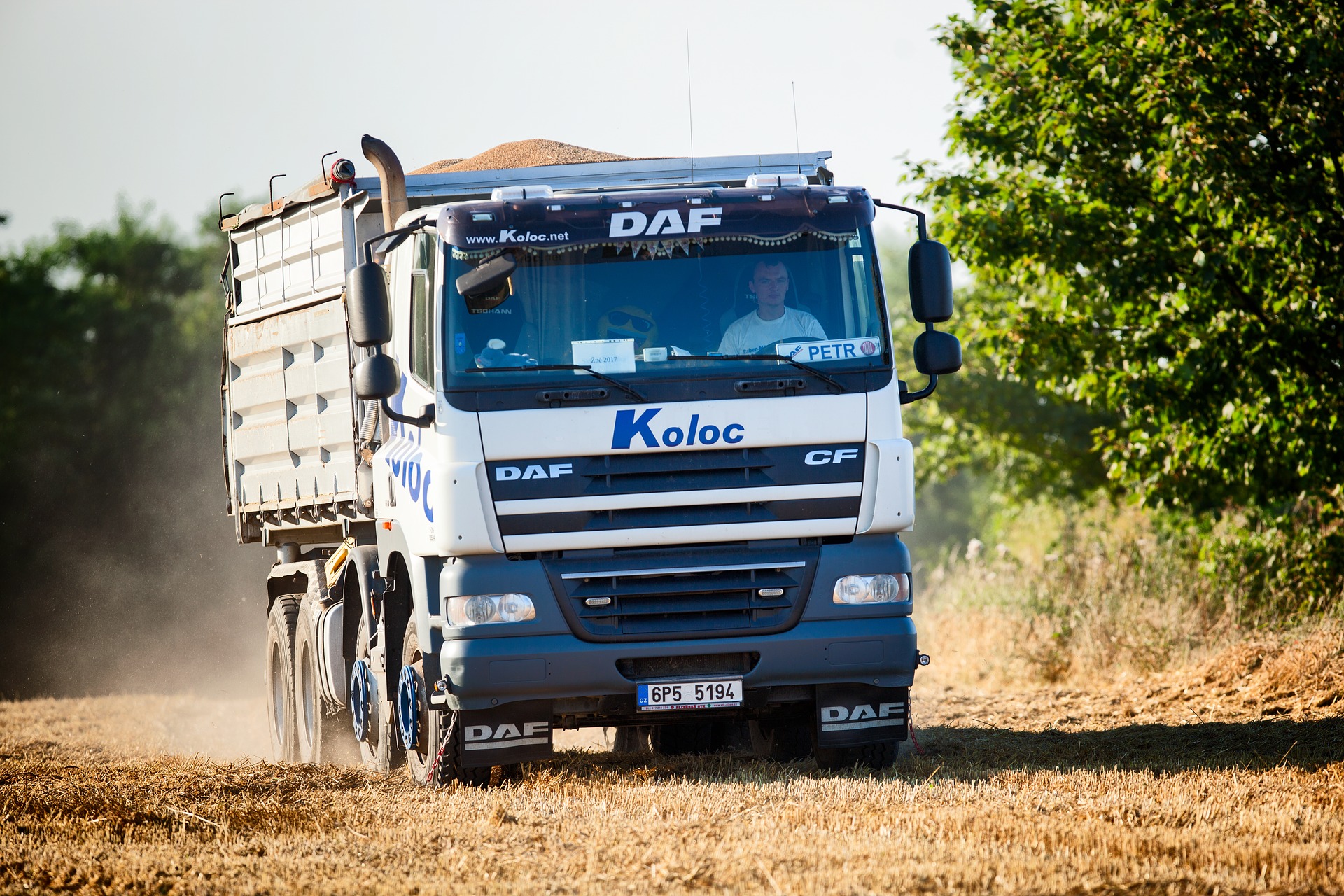 Technology is also impacting record keeping and communication systems by improving processes for gathering and using information. For example, electronic driver logs allow automatic record keeping with the ability to analyse the data almost instantly (Descartes), increasing driver safety and productivity by eliminating unintentional errors caused by fatigue or mechanical failures.
Technology is also impacting record keeping and communication systems by improving processes for gathering and using information. For example, electronic driver logs allow automatic record keeping with the ability to analyse the data almost instantly (Descartes), increasing driver safety and productivity by eliminating unintentional errors caused by fatigue or mechanical failures.
Conclusion
The digital age has provided technologies that allow humans to work smarter and safer, even in traditionally dangerous workplaces. Enhanced communications across the globe, digital modelling, virtual reality, wearables and enhanced record keeping are all tools that allow increased safety. If you or your organisation would like to discuss safety technologies, please contact Integrate Sustainability on 08 9468 0338 or enquiries@integratesustainability.com.au.
References
Adjiski, V., Despodov, Z., & Serafimovski, D. (2017). Prototype Model for Fire Safety System in Underground Mining. American Journal of Mining and Metallurgy, 4(1), 62-67.
ART Security. (n.d.). Safe Tracker/GPS. Retrieved June 20, 2018, from https://www.artsecurity.com.au/monitoring/safe-tracker-gps/
Descartes. (n.d.). Electronic Driver Logs are on the Way. Guest Author: Mark Solomon. Retrieved June 20, 2018, from www.descartes.com/knowledge-center/electronic-driver-logs-are-way
Design Group Staffing. (n.d.). How Wearables are Impacting The Mining Industry. Posted by George Hoadley. Retrieved June 20, 2018, from http://www.dg.ca/blog/how-wearables-are-impacting-the-mining-industry
Engineers Australia. (2017, January 25). Virtual reality is improving mining operations. Retrieved June 20, 2018, from https://www.engineersaustralia.org.au/portal/news/virtual-reality-improving-mining-operations
Mardonova, M., & Choi, Y. (2018). Review of Wearable Device Technology and Its Applications to the Mining Industry. Energies, 11(3), 608-737.
Shell Global. (n.d.). In-vehicle Monitoring Systems Improve Driving Skills. Retrieved June 20, 2018, from https://www.shell.com/business-customers/shell-fuel-cards/health-security-safety-and-the-environment/in-vehicle-monitoring-systems-can-help-everyone-to-improve-their-driving-skills.html

